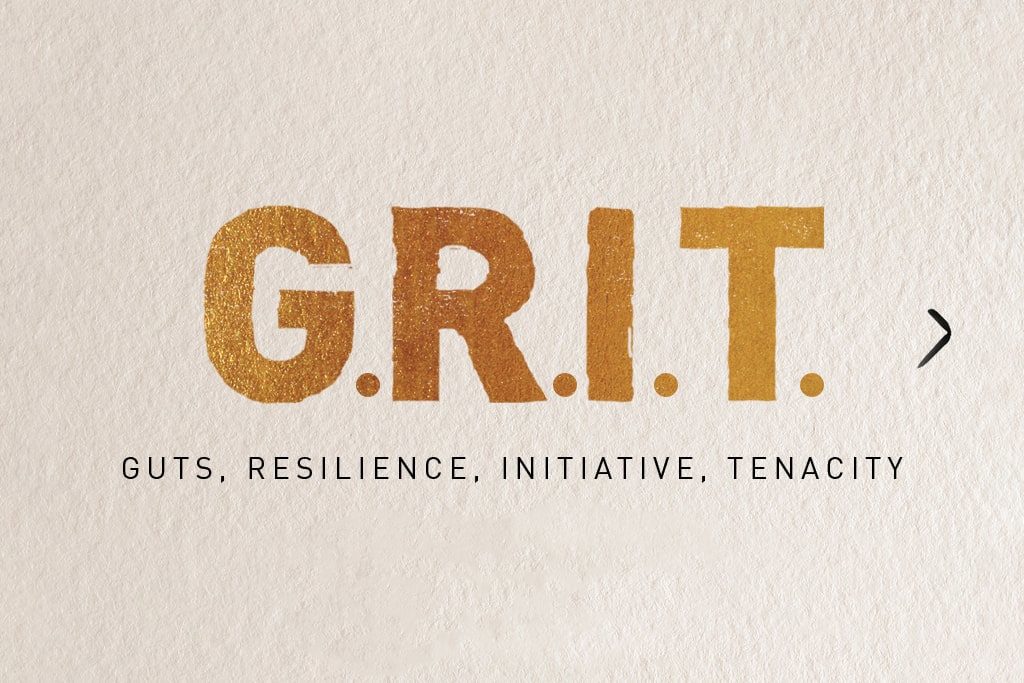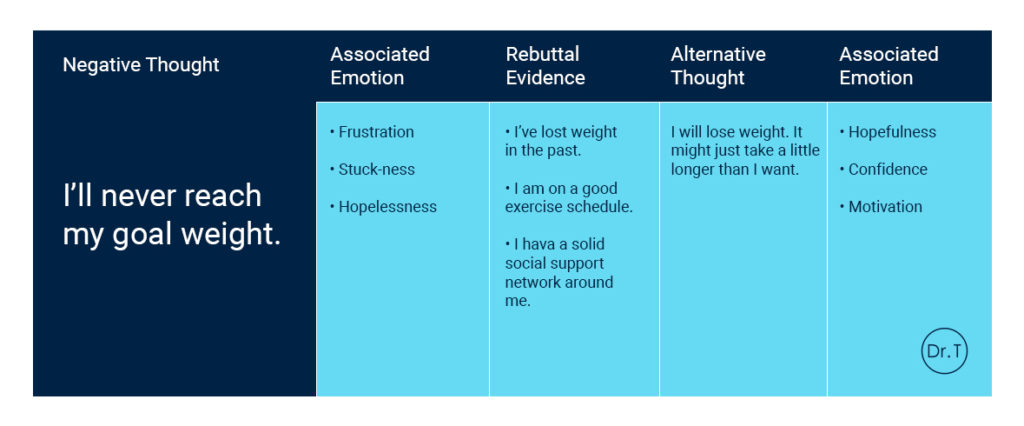Mental Grit or Mental Gunk?

Writing this, I am three days post op after a bi-lateral discectomy at the L4/L5 Vertebrae. In just this short time I have already concluded that I am much better at being the doctor than the patient. It is not to say that I am not coachable, or that I don’t love to learn and aspire to grow as any diligent student does. However, when it comes to pulling up on the reigns, slowing down and taking the time I need to let my body heal, I pretty much suck at it.
Here I sit typing, my surgical dressing still intact, an indication of how early this is in the process. Yet, already feeling the pull of the road, the weights calling to me, the drive to feel the pump in my veins of a HIIT workout at 5am. Man, I did not realize how hard the mental game of recovery was until I was in full throttle. As a performance coach, a sport psychology professional, I should know how to handle these setbacks. I should be a master at identifying the moments of success in the midst of adversity, to redirect the energy that is typically used in the gym for other positive points of growth and learning. What is it that defines this “warrior mindset”? Below are the three key strategies that separate those with Mental Grit, from those with Mental Gunk.
Positive Self Talk.
Did you know that 90% of our daily thoughts are negative? If only we would journal what we said to ourselves throughout the day, and reflect upon it. Then we would truly appreciate how brutal we can be to ourselves. One the first exercises I have my clients complete is a Self-Talk log. They record their internal dialogue as well as the scenario surrounding the thought. It might look something like this:

When we meet back in our next session to discuss the exercise and evaluate the thoughts and reactions. I always ask…”would you ever talk to one of your colleagues or friends like this?”; 100% of say, “never!” So, why is it ok to talk to ourselves with such hatred, and contempt. Such little confidence.
I know it sounds so simple, “just think positive”, and I know the reality is that it is not simple. But it is something we all need to work toward.
There are some great techniques when it comes to creating positive internal dialogue.
- Reframing. Use the same thoughts, as they are your true feelings, but can you reframe them into coachable moments. For example, “I am never going to be able to do a body weigh pullup”. What if this became. If I keep losing some weight, and continue working on assisted pull-ups I can get stronger! One of the best strategies for changing these negative thoughts into positive, directives is to keep in mind that image of how you would speak to others. If you could not coach someone else with that language, then don’t expect yourself to respond positively. T
- Stop Sign Technique. It is not the thought itself that is detrimental to success and positive outcomes. It is the behavior or reaction that accompanies the thought. The Action potential of the thought. If we can create some separation between the thought, and the reaction, then we can better evaluate and alter that behavior before it happens. Using simple imagery, like a Stop Sign allows you to recognize the negative thought, create a pause and just enough space for you to rationalize the thought and respond accordingly. Most of the time we respond before we give ourselves time to evaluate the consequences of those actions.
- Rebut with Past Experience. We all have been presented with hard challenges, many of which we have succeeded in, others that we have failed but learned valuable lessons from. All life’s experiences have something to offer as it relates to future situations. We have the unique opportunity to USE these experiences when we are presented with similar challenges down the road. The key is that whether we succeed or fail, we take the time to reflect and identify the growth points in that situation. THEN, when we face another challenge…and we will, we have ammunition to combat the negative thoughts. Example:
“There is no way I will fit into these jeans by Christmas”….
You said this very thing last year. And guess what, you have picture of yourself on New Years’ in those very jeans. It IS doable. You have been here, and you have succeeded before. Why not again this time! This is how you can use past experiences to fight those negative thoughts and doubts.
Set Reasonable Expectations. If you set yourself up for failure, then you are destined to fail. If you set yourself up for success with the right resources, then you will achieve the results you want. It is about knowing the difference between a challenge, and expecting something that is simply beyond your reach for now. That does not mean that you will never, or cannot ever get to that next level, but if you allow yourself to experience incremental, gradual success, and relish those moments, build confidence and then up the ante you will grow from those experiences and continue to thrive. Not to mention the motivation and momentum that builds with each success. Think of it like a staircase. Each step you stop and do a little celebration dance, reward yourself, and keep inching up the ladder, eventually you will reach the top!
Redistribute Energy. We talked earlier about how much of our day/week/lives are spent on negative thoughts, and internal dialogue. This is a LOT of energy, hard-earned, fine-tuned energy. Imagine if we can learn to capture that energy, and redirect it toward a more productive, positive focus.
Imagine you enter a social situation, one that you have mentally planned for, but as soon as you enter the room you feel threatened. Threatened by the triggers, the pressure to adhere to the ‘norm’. All your friends are there. Many of whom you have not seen in a while. The table is filled with munchies you avoided all week, alcohol that helps you to relax in these social situations, not to mention the stress it relieves after a long week at the office. These triggers are strong, and they are real.
Now Imagine if you faced the situation with the same mindset as you do a hard workout. There are obstacles, there are movements you have never faced, there is a clock that adds the pressure of time, and then there is the fear of failure, of not being able to complete the workout. But you face these workouts as a CHALLENGE, not a THREAT. You don’t fear the triggers, you approach them with curiosity, and strategy. And guess what? Before you know the workout is over and you have survived! Next time you are faced with a situations and triggers that test your willpower, approach the challenges armed with strategies, and confidence. Take one moment at a time. Make one plate of food, as you would at home, vs. picking endlessly from the buffet. Have a soda water with lime, or a yummy diet soda that you never allow yourself. My guess is more of it is having something to occupy your hand and your mouth than the actual contents of that drink. I also think so many people assume other people care what you are eating and drinking, and more likely they are having the same internal battle as you and could care less what you are doing!
I hope you can find moments to utilize and benefit from these strategies the next time you feel yourself circling the drain of frustration, pain or burnout. Now Go be you! The strong, resilient, confident you, and most importantly rather than your biggest critic, be your BIGGEST FAN!
